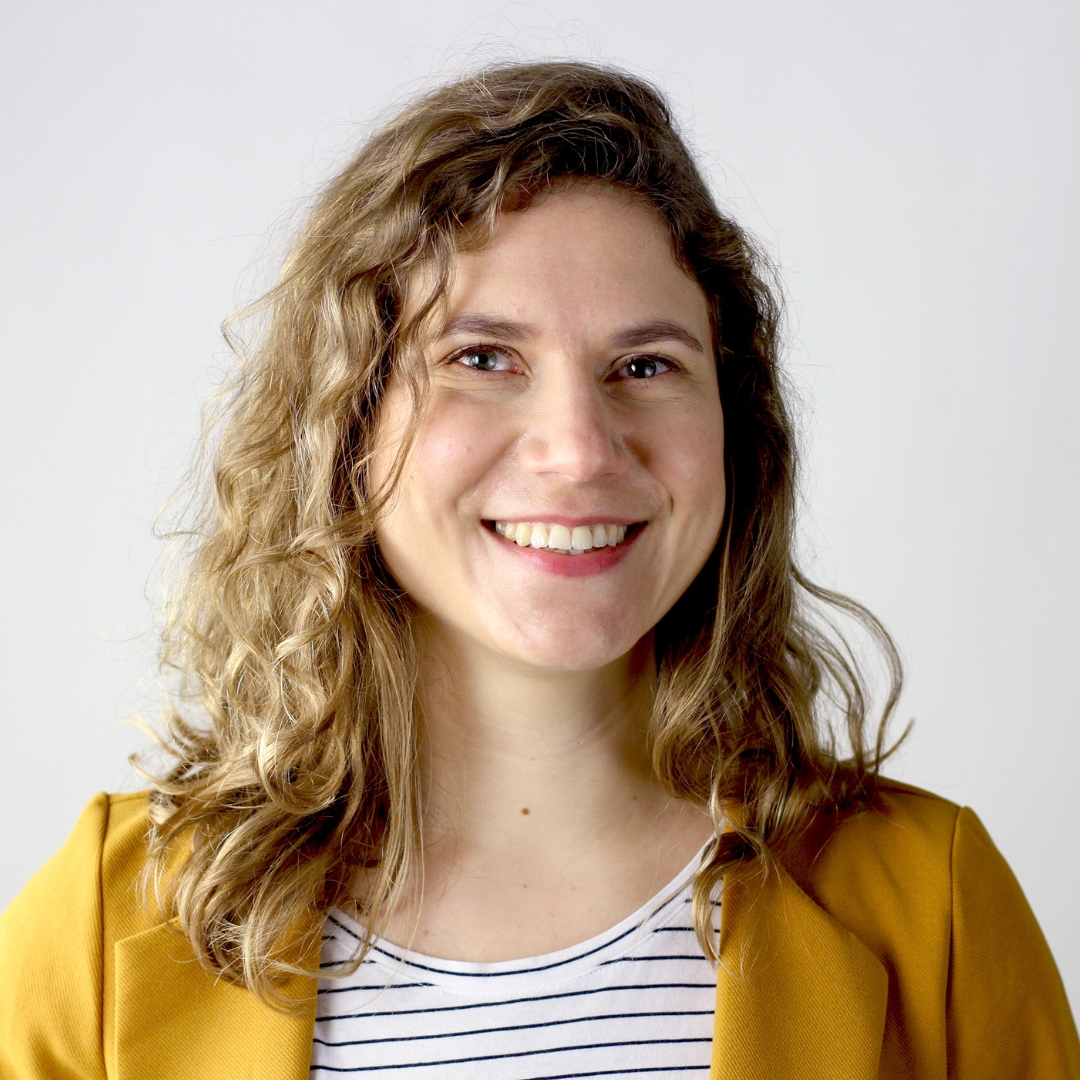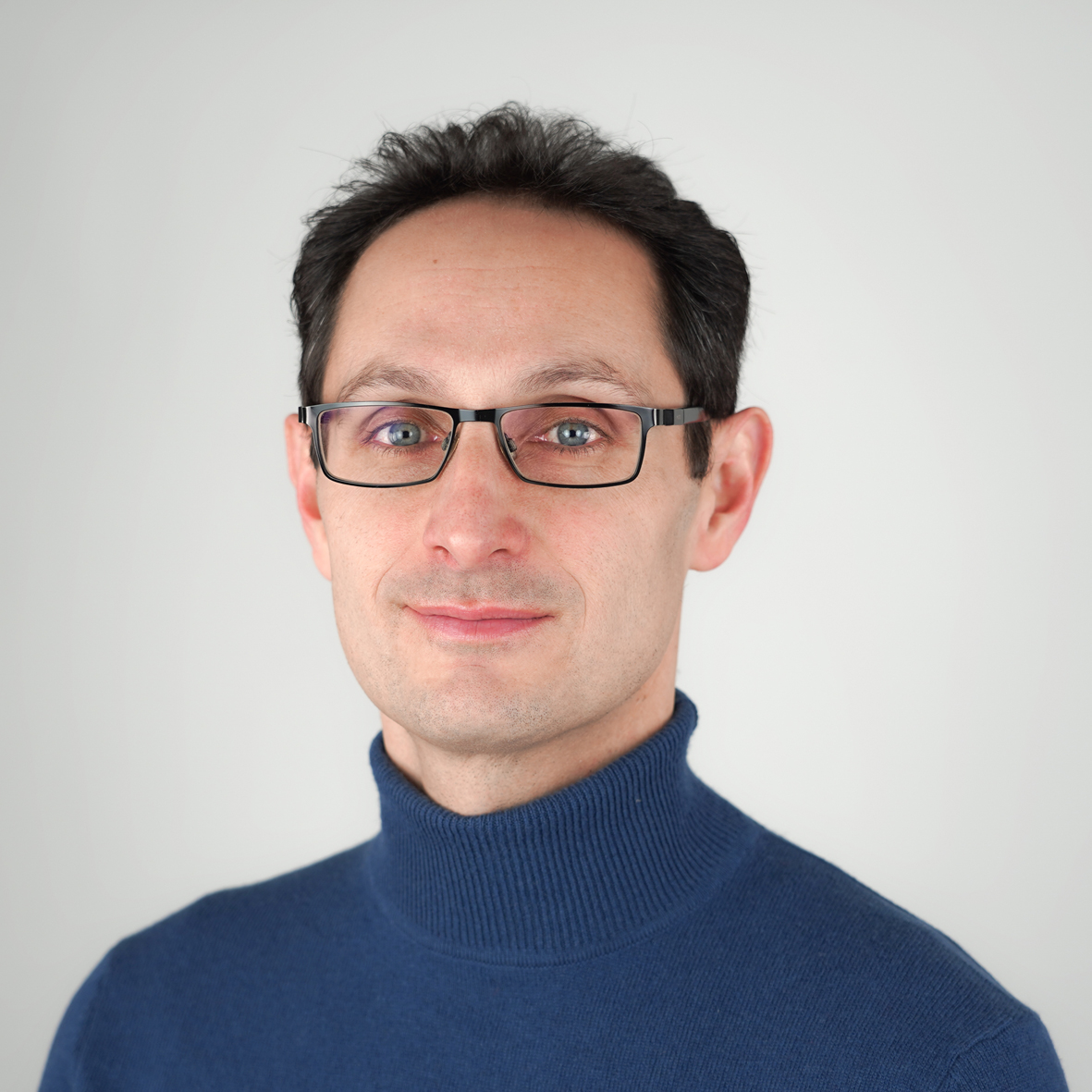“Science communication needs robust knowledge to draw on”: IPN staff talk about their role in a new Leibniz Research Network
How can science communication achieve its aims in an age of growing expectations, complex issues, and increasing polarization in societies? What factors can make it both understandable and effective? And what role might research on education have in all this?
The IPN is one of the inaugural institutions of a new Leibniz Research Network, “Evidence-Based Science Communication,” which came into being in June 2025 with the aim of forging closer links between researchers and practitioners in this area, gaining a greater understanding of the mechanisms via which science communication has an impact, and driving long-term improvements to the quality of science communication.
We spoke to Carolin Enzingmüller, who heads up the network alongside Lorenz Kampschulte of the Deutsches Museum, and Willi Scholz, who manages the network’s operative coordination tasks, to find out more about the network’s objectives, the challenges it faces, and its interdisciplinary approach. Both of them work in the Department of Chemistry Education at the IPN and are members of the Kiel Science Communication Network (KSCN). They told us why dialogue between education research and real-world communication has so much potential and what the network is seeking to do differently, in structural terms, from previous initiatives.
IPN: The new Leibniz Research Network is just getting started right now. Why do you think it’s so important to set up a network like this at this particular moment in time?
Carolin Enzingmüller: Because we’re in the middle of a period where science communication is simultaneously in great demand and facing huge challenges. It’s receiving more public attention than ever before and even got a mention in the coalition agreement [between the political parties CDU/CSU and SPD, which agreed to form a new coalition government after the German federal election of February 2025]. But this rising interest is also pushing up people’s expectations. They want [science] communication to be clear and easy to understand, but also appropriate to each target group; they’d like elements of dialogue and a lot of public participation; and of course it has to be effective. In other words, we’re at a point in time at which it’s not more communication we need, but more tailored communication. And we can’t do this without having robust knowledge to draw on. Practitioners in science communication, then, need evidence - and this is where our network comes in.
IPN: What makes this new network different from previous science communication initiatives?
Carolin Enzingmüller: We do have a lot of initiatives that bring researchers and practitioners together – we just had that experience at the PCST conference in Aberdeen, where the international [science communication] community can get together, or there’s also the annual Forum Wissenschaftskommunikation here in Germany. We listen to one another, exchange some appreciation and experiences, and – in many cases – go our separate ways again. And this interest in one another, without actually linking up, definitely has its place.
But what’s sometimes missing, at least in my view, is an actual mode of working together. Our network brings people from research and from the practical world of science communication together – not just to talk, but to collaborate. We’re aiming to do this over a period of three years, hopefully with enough time, space, and the right structures to pool our resources on issues that we encounter in research and in practical science communication. And we’ll see whether it helps us to work together a bit more rather than disconnectedly alongside one another.

”Our network brings people from research and from the world of science communication together – not just to talk, but to collaborate, over three years, with enough time, space, and the right structures to pool our resources on issues that we encounter in research and when working in science communication.”
Carolin Enzingmüller
IPN: What’s your personal motivation for helping launch this network and taking on a coordinating role?
Willi Scholz: I see a lot of potential in the science communication community. I see it as alert, interested, committed, keen on creating solutions. I’ve experienced this in all the many conversations we’ve had around setting up this network.
And I very much believe that people are the heart and soul of networks - the people that work in them and make them what they are. The Leibniz Association is fascinatingly diverse, with everything from basic research to approaches centered on real-world application, all the way to vital communication practices. Its research museums, citizen science-projects, and many committed people provide us with ideal conditions to work together on issues that matter to us all: trust, impact, participation, to name just a few.
IPN: How can research on education – and therefore the IPN - help ensure the quality of science communication?
Carolin Enzingmüller: I see education research as being a bit like an older sister to science communication – it’s experienced, it has a track record of considering related issues, such as the impact of the things we do, how we can measure that impact, what needs to happen so that people really understand content. And it’s acquired a huge methodological toolkit over the last few decades – learning, for example, how to link research and design in a way that makes sense; how to set up research alongside projects so that it can produce generalizable findings; or how meta-analyses can systematically make impact visible. These things don’t always translate 1:1, but there’s a lot that we can adapt and that can help us to lay down even more robust foundations for science communication. And if we can link this up with the innovativeness and the enthusiasm to make a practical difference that characterize the scicomm community, all the better.
IPN: What does working with the other Leibniz institutes in the network actually look like?
Willi Scholz: The first stage of work will be all about good listening. What’s the expertise that each institute can bring to the table? Where are the issues and questions that we share? What can we build on? It may be that these conversations give rise to working groups where we engage with issues together – in an open, but structured manner. In this, the network conceives of itself absolutely as providing research-led ideas and inspiration for evidence-based science communication.
Our task is to bring together theoretical perspectives, systematic approaches, and robust methodologies from the institutes involved in the network, so we can work and interact with the communications and knowledge transfer going on within the Leibniz Association.
What can emerge from this in the end – alongside research products – might be, for example, findings on the ways in which scicomm has an impact, inspiration to reflect on our practices, or empirical results to inform decision-making – stuff that will be a real, practical help in thinking about how we can advance communication strategies.

“We bring together theoretical perspectives, systematic approaches, and robust methods from the institutes in the network, so we can interact with the communications and knowledge transfer going on within the Leibniz Association.”
Willi Scholz
IPN: Where do you see the major challenges for evidence-based science communication as being in the next few years?
Carolin Enzingmüller: One point that comes up for me in this context is finding a balance between expectations and reality. The world is getting more complex, communication more emotional, the media faster-paced. And it’s in this multi-faceted, potentially conflictual situation that science communication needs to have an impact. That’s no easy job. We need a solid evidence base that provides us with a research-led view of how impact happens while not losing sight of the dynamic character of this field. But good research takes time. And its transfer into action doesn’t just happen by itself. It needs to be consciously managed, supported and sometimes rethought. This isn’t something we need to tell our colleagues in education research - they’re well aware of it from their own work. So we – the network – are not saying, “We’ll deliver the perfect solution.” It’s more like “We’re going to take the time to ask good-quality questions, we’ll collect data carefully, we’ll learn from what we find, and we’ll make improvements where we can.” This is the attitude we need, especially when the external pressure’s on.









